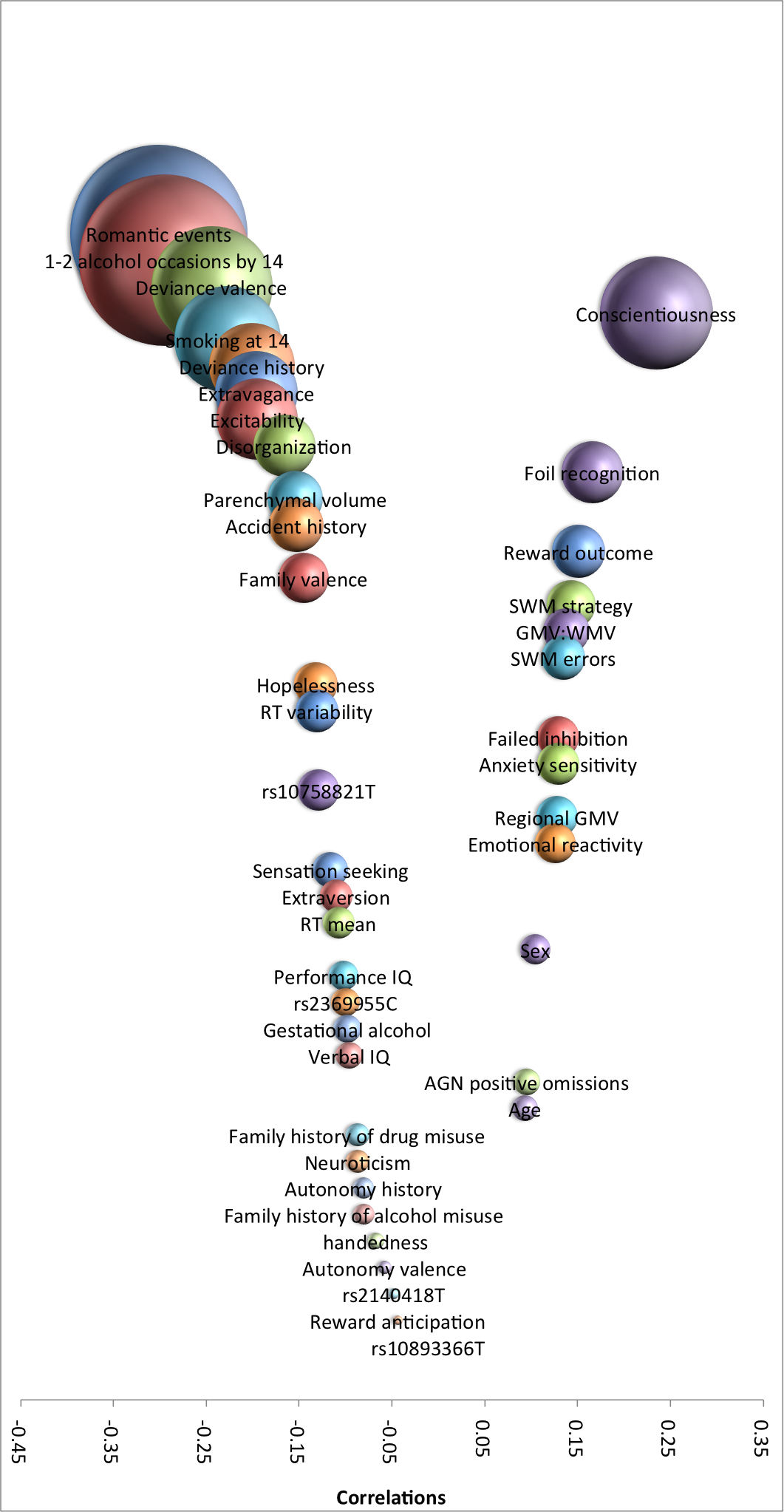SP 4
Central Resource III: IMAGEN
Prevention and intervention of alcohol binging in adolescents and treatment of alcoholism are major unmet challenges affecting our health care system and society alike. Defining individual risk profiles in adolescents that are predictive of alcohol use disorders later in life is fundamental to tackling these challenges. IMAGEN, our longitudinal cohort of typically developing adolescents, in which individual risk for alcohol binging, abuse and dependence is assessed on the basis of neurobehavioral and genomic phenotypes is an essential resource for the consortium. The assessments at baseline (age 14 years) include structural neuroimaging and functional neuroimaging, detailed neuropsychological, behavioural and clinical characterisation as well as whole genome measurements of genetic variations and DNA methylation. The behavioural and neuropsychological assessments at first follow-up at age 16 years, include detailed characterisation of alcohol and substance use. A second follow-up assessment at age 19 years, additionally includes repeat neuroimaging measures similar to the baseline assessment.


Figure 1:
Factors predicting binge drinking at age 16 years. Position on the horizontal represents the point-biserial correlation statistic (r) between each feature and group membership. Negative r values indicate that higher scores are associated with an increased likelihood to engage in binge drinking at 16. Size of bubbles reflect significance of the correlations. AGN, affective go/no go; SURPS, substance use risk profile scale; SWM, spatial working memory; GMV, grey matter volume; WMV, white matter volume.
By characterising neurobiological mechanisms and identifying predictor profiles we have generated expert knowledge into the risks for alcohol addiction. For example:
- By providing a set of neuropsychosocial classifiers and predictors of binge drinking in adolescents we have established a gold standard for the prediction of alcohol abuse in adolescents (Figure 1).
- By describing how differential methylation of the PPM1G gene affects impulsivity-related brain activity, predicting escalation of alcohol drinking, we have revealed for the first time a link between epigenetic methylation, brain function and risk for addiction.
- Collaborating with large international consortia we conduct the largest genetic association studies related to addiction: (i) genome-wide meta-analysis of alcohol consumption in >100,000 individuals identified two novel loci influencing cortical functions related to emotional processing and stress reactivity. (ii) Other analyses led to the identification of novel genetic mechanisms influencing neural mechanisms of reward and risk for alcohol consumption in adolescents. (iii) Analyses in n > 30,000 individuals carried out with the Enhancing Neuro Imaging Genetics through Meta-Analysis consortium (ENIGMA) identified loci associated with reward-related subcortical brain structures with relevance for addiction-related behaviours (Figure 2).




